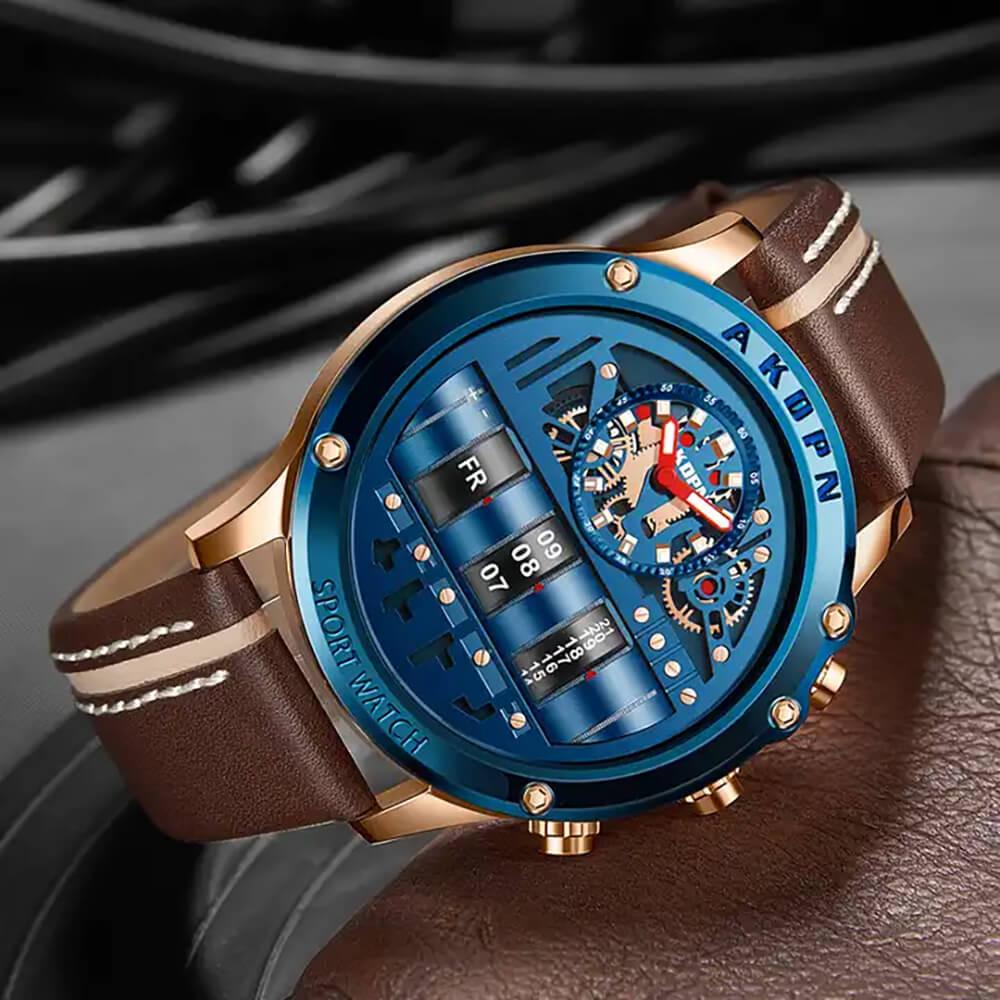Introduction
Automatic watches, with their harmonious blend of tradition, craftsmanship, and mechanical ingenuity, have long captivated the hearts of watch enthusiasts worldwide. These timepieces represent more than just a tool to tell time; they embody a timeless elegance that transcends fashion trends and technological advancements. In this guide, we delve into the world of automatic watches, exploring their inner workings, historical significance, and the factors that make them highly sought-after collectibles and everyday companions.
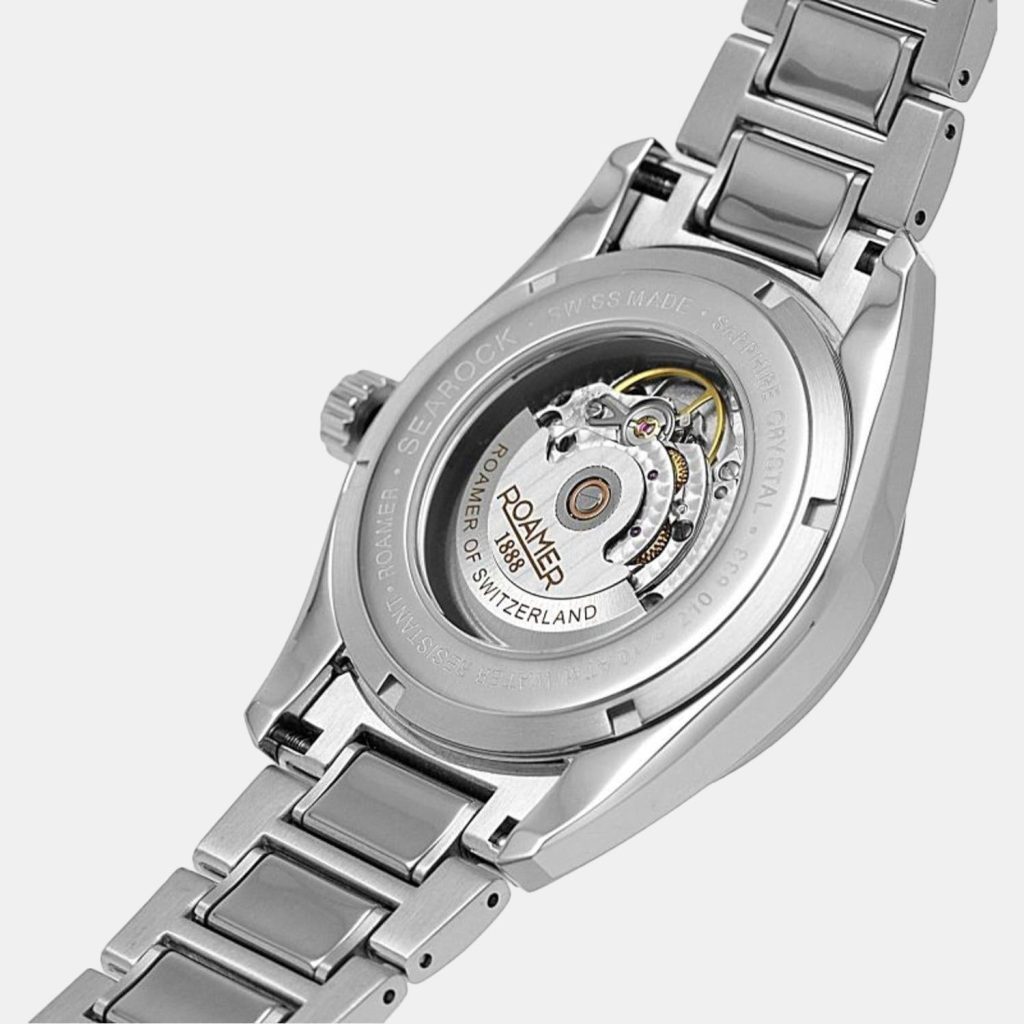
Understanding Automatic Watches
At the heart of an automatic watch lies its self-winding mechanism, a marvel of horological engineering. Unlike quartz watches, which rely on battery power, or manual winding watches that require periodic hand winding, automatic watches harness the kinetic energy from the wearer’s natural wrist movements to wind their mainspring. This is made possible by a weighted rotor, which rotates freely on a pivot within the watch case, interacting with a series of gears to convert motion into stored energy.
The Artistry and Craftsmanship
The allure of automatic watches extends beyond their functional brilliance. They are often seen as wearable art, where each component is meticulously crafted and assembled by skilled artisans. From the intricate engravings on the movement to the polished finishes on the case and bracelet, every detail contributes to the overall aesthetic appeal. Many high-end manufacturers even offer skeletonized dials, revealing the hypnotic dance of gears and springs within, a visual testament to the complexity and beauty of these miniature machines.
Historical Significance
The history of automatic watches dates back to the late 18th century, but it wasn’t until the early 20th century that they gained widespread popularity. Brands like Rolex and Omega played pivotal roles in refining and popularizing the technology. Rolex’s Oyster Perpetual, introduced in 1931, is often credited as the first commercially successful automatic wristwatch. These innovations not only revolutionized the watch industry but also symbolized human progress and the quest for precision and reliability.
Factors to Consider When Choosing an Automatic Watch
When venturing into the realm of automatic watches, several key factors should be considered:
- Brand and History: Each brand carries its own legacy and reputation. Researching the brand’s history, innovation, and craftsmanship can help align your choice with your personal preferences and values.
- Movement Quality: The movement is the soul of an automatic watch. Look for watches with movements known for accuracy, durability, and serviceability. Swiss-made movements (like those from ETA or Sellita) and Japanese movements (from Seiko or Miyota) are highly regarded.
- Materials and Construction: The choice of materials直接影响到 the watch’s durability, aesthetics, and comfort. Stainless steel is common for its resilience, while precious metals like gold or platinum add luxury. Sapphire crystal for the watch glass offers superior scratch resistance.
- Water Resistance: Depending on your lifestyle, ensuring your watch has adequate water resistance is crucial. Divers’ watches typically offer higher water resistance ratings suitable for underwater activities.
- Design and Complications: From classic dress watches with simple time-only displays to sporty chronographs with stopwatch functions, the design should resonate with your style and needs. Complications like date display, moon phase, or GMT function can enhance practicality and appreciation for the artistry involved.
Maintenance and Care
To ensure your automatic watch remains a timeless companion, proper care is essential. Regular servicing, typically recommended every 5-7 years by a professional watchmaker, keeps the movement clean and lubricated. When not worn regularly, using a watch winder can keep the watch running and accurately timed. It’s also important to protect your watch from extreme temperatures, shocks, and magnetic fields.
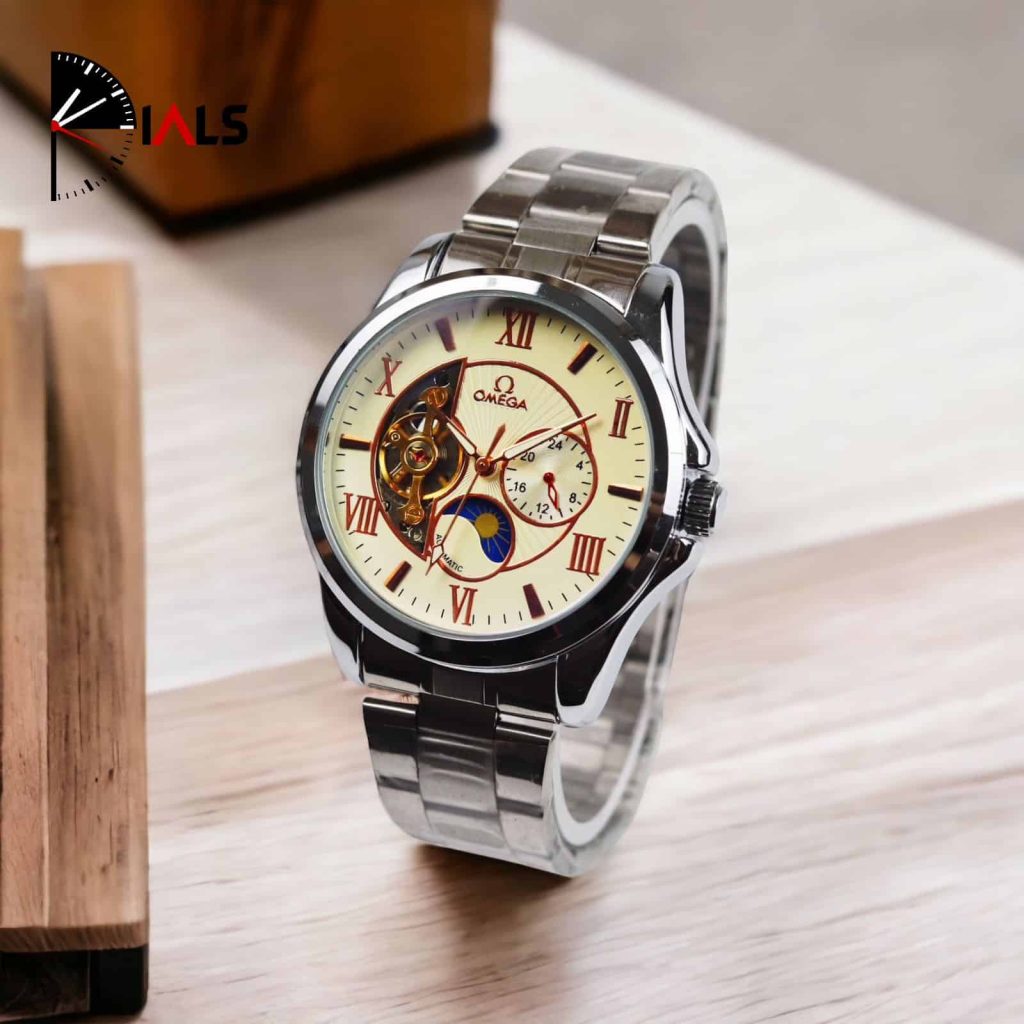
The Heart of the Matter: The Mainspring
At the core of every mechanical watch, including automatic ones, lies the mainspring. This coiled spring stores the energy required to drive the watch’s functions. In manual watches, the wearer must wind the crown to tension the mainspring manually. However, in an automatic watch, a semi-circular rotor plays this role.
The Rotating Rotor: The Key to Self-Winding
The rotor is the most distinctive component of an automatic watch. It’s a weighted, circular metal piece that pivots freely around a central axis within the watch case. As the wearer moves their wrist, the rotor spins, converting even the slightest motion into rotational energy. This spinning motion is then transmitted via a series of gears known as a transmission system to the winding mechanism, which tensions the mainspring.
The Transmission System: Efficiency in Motion
The transmission system in an automatic watch comprises several gears and a reduction wheel train. Its function is twofold: to amplify the small rotations of the rotor into enough torque to wind the mainspring and to regulate the speed at which this happens. An essential part of this system is the pawl winding mechanism, which consists of a spring-loaded lever (the pawl) that engages with teeth on the rotor’s circumference, advancing the ratchet wheel attached to the mainspring barrel with each swing of the rotor.
The Bidirectional Winding System
Modern automatic watches often feature a bidirectional winding system, meaning the rotor can wind the mainspring regardless of the direction it rotates. This is achieved through the use of additional gears and springs that ensure the winding mechanism operates efficiently in both clockwise and counterclockwise motions. This design optimizes energy harvesting from the wearer’s movements, making the watch more efficient.
The Escapement and Balance Wheel: Regulating Time
Once the mainspring is wound, its stored energy is released gradually through the gear train to power the watch’s hands. However, without regulation, this energy would be expended too quickly or inconsistently. Enter the escapement and balance wheel, the heart of any mechanical watch’s timing mechanism.
The escapement, a complex assembly of lever, escape wheel, and jewels, serves as a brake, allowing the gears to advance in precise, controlled steps. Paired with the balance wheel, a weighted wheel that oscillates back and forth at a constant rate, these components maintain the watch’s accuracy. The frequency of the balance wheel’s oscillation, typically measured in beats per hour, is crucial to timekeeping precision.
The Power Reserve and Hacking Feature
Automatic watches also incorporate a power reserve indicator, which shows how much energy remains in the mainspring before requiring another ‘charge’ from the wearer’s movement. This feature helps users know when their watch needs to be worn or placed on a watch winder to keep it running.
Another modern convenience found in many automatic watches is the hacking feature. When setting the time, the seconds hand stops when the crown is pulled out, enabling precise time adjustment.
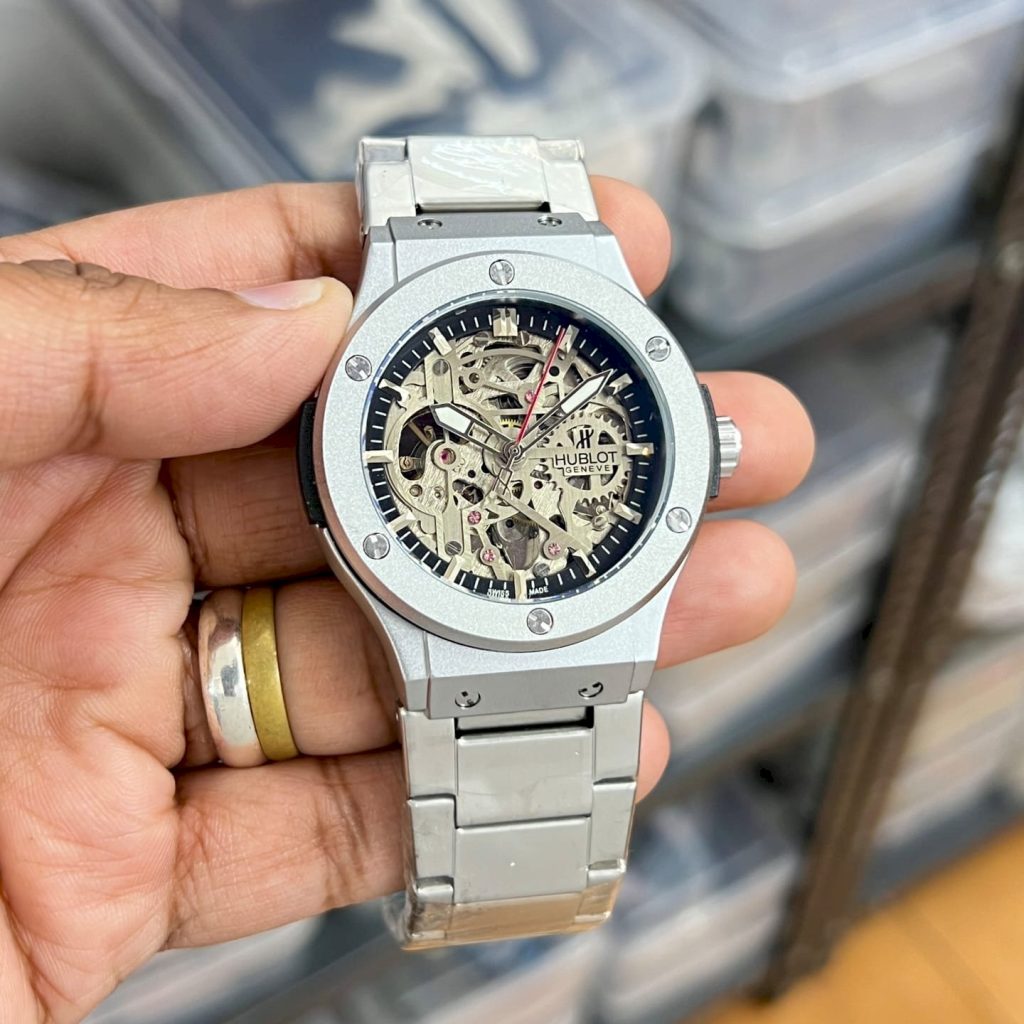
Seiko 5 Sports:
Starting off our list is an iconic piece from Seiko, a brand revered for its excellent value and precision engineering. The Seiko 5 Sports is a versatile and robust choice for daily wear. It features a 42.5mm case, making it a perfect size for most wrists, and comes with a day-date display. Its automatic movement, the Seiko Caliber 4R36, ensures reliability and accuracy. Available in a myriad of dial colors and strap options, this watch easily matches any outfit, from casual to business attire. The transparent case back allows you to admire the intricate movement at work, adding a touch of mechanical fascination to your daily routine.
Orient Bambino:
For those who prefer a more classic, dressy aesthetic, the Orient Bambino is a standout choice. This elegant timepiece boasts a simple yet refined design with a domed crystal, giving it a vintage flair. The Bambino houses Orient’s in-house automatic movement, known for its durability and smooth sweeping seconds hand. With various iterations featuring different dial designs (such as guilloche patterns or clean minimalist faces) and case finishes, there’s a Bambino to suit every taste. It’s a watch that seamlessly transitions from the office to evening events, exuding understated luxury.
Tissot Powermatic 80:
Tissot, a Swiss watchmaker with a rich heritage, offers the Powermatic 80, a watch that combines Swiss precision with modern innovation. As the name suggests, it boasts an impressive power reserve of up to 80 hours, ensuring your watch stays ticking even if you take it off for the weekend. Its sleek design, available in various styles including stainless steel or leather straps, makes it suitable for everyday wear while maintaining a sense of luxury. The clean dial and date window at 3 o’clock add to its practicality without compromising on style.
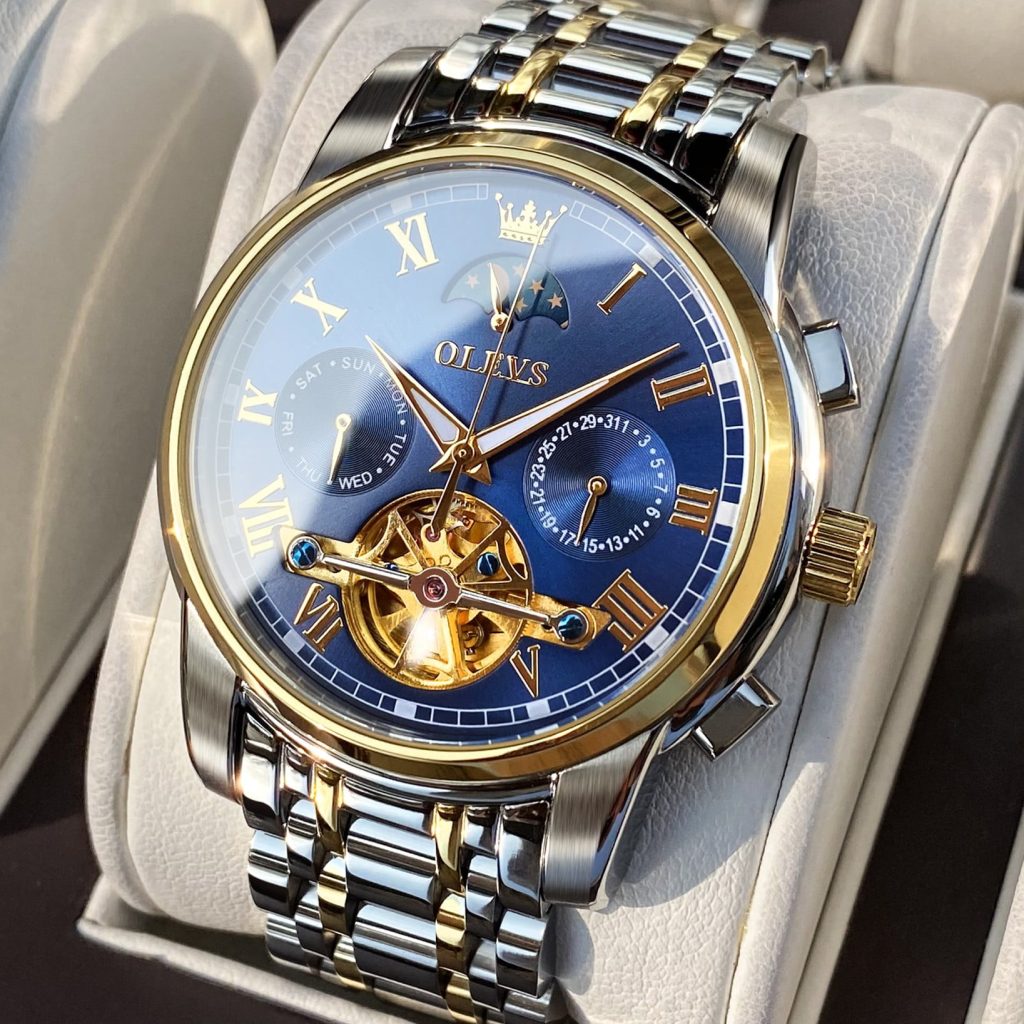
Hamilton Khaki Field Automatic:
If you’re after a watch with a rugged. Military-inspired design that can withstand the rigors of daily life, look no further than the Hamilton Khaki Field Automatic. Known for its robustness and legibility, this watch features a 42mm case, luminous hands and markers. And a 200-meter water resistance rating, making it a reliable companion for adventures and everyday tasks alike. Powered by Hamilton’s H-10 automatic movement with an 80-hour power reserve, it strikes a perfect balance between form and function. Its field-watch aesthetics lend a touch of utilitarian luxury to any outfit.
Longines Master Collection:
For those seeking a true luxury timepiece that can be worn daily, the Longines Master Collection is a sophisticated option. With its traditional Swiss craftsmanship and timeless design, this watch embodies elegance. It features a range of complications such as moonphase, chronograph, or simple date functions, all powered by Longines’ self-winding movements. The Master Collection’s attention to detail is evident in its polished cases, intricate dials. And fine leather straps or metal bracelets. It’s a watch that commands respect and admiration, suitable for the boardroom and beyond.
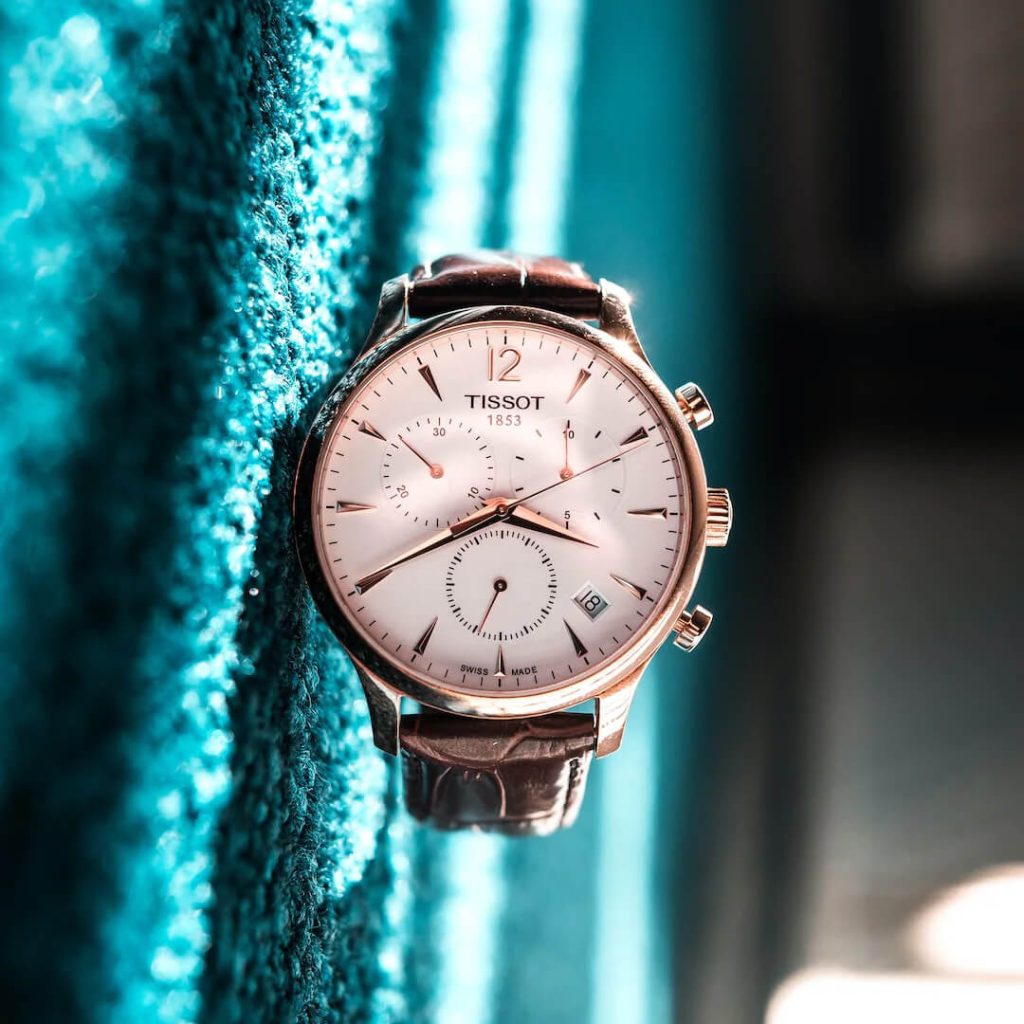
In conclusion
Automatic watches are not merely instruments to mark the passage of time; they are a testament to human ingenuity. Artistic expression, and a deep appreciation for tradition. Whether you’re a seasoned collector or embarking on your first horological journey. An automatic watch is a timeless investment that merges form and function in a way few other objects can. Choose wisely, wear it with pride, and let it become a cherished part of your story through the years.
